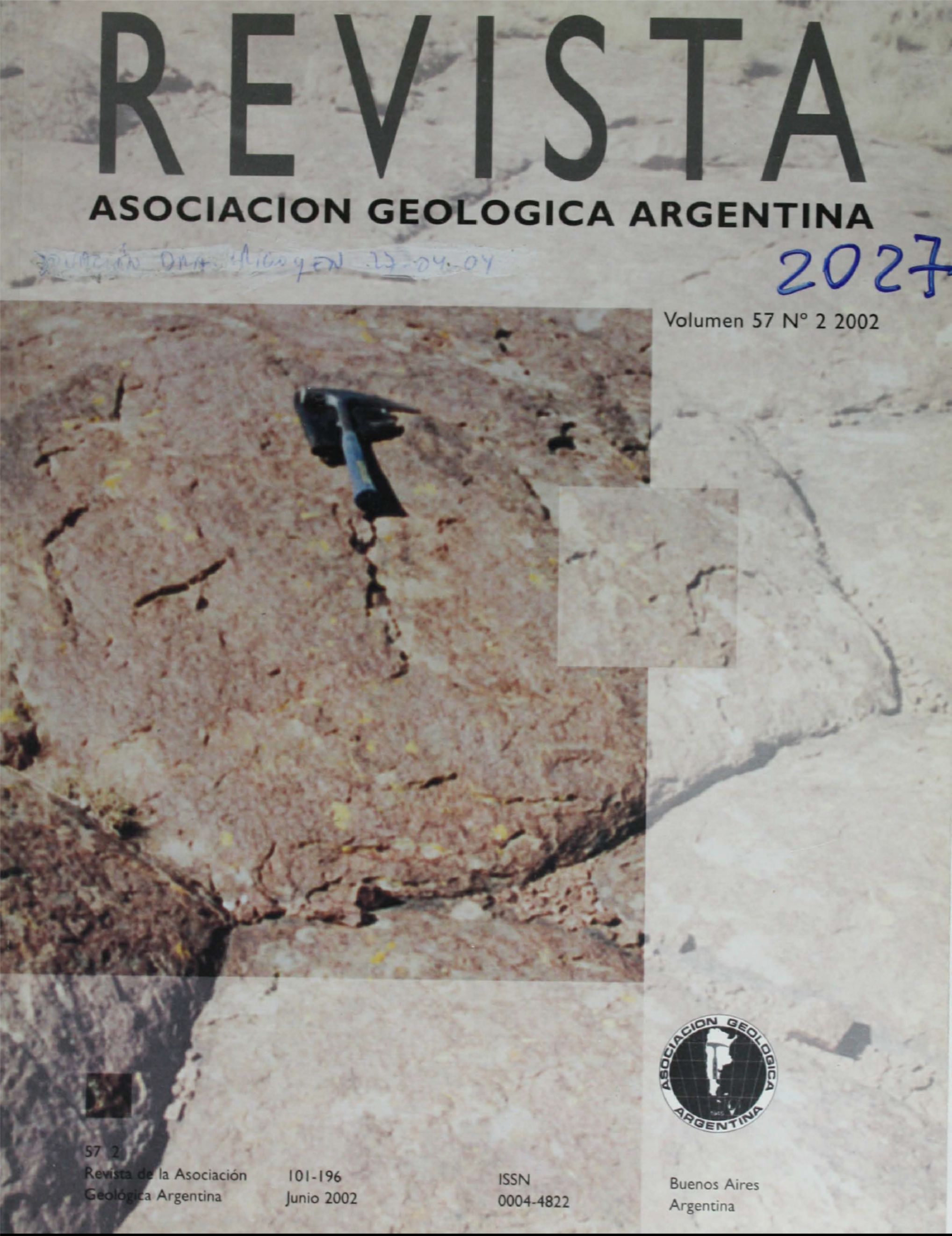The Ushuaia Hornblendite (Tierra del Fuego): petrography, geochemistry and geochronology
Main Article Content
Abstract
Petrographic descriptions and geochemical and geochronological data are given for the so-called Ushuaia Hornblendite, a complex of mesocratic and melanocratic hydrated rocks that crops out in the vicinity of the city of Ushuaia, Tierra del Fuego. The complex consists mainly of hornblendites and hornblendite-piroxenites, diorites, gabbros, syenites and monzodiorites. The mineralogy of the most representative specimen shows that it is composed of hornblende and diopside as essential minerals, with biotite and potassic feldspar as minor constituents, and sphene, apatite, and opaque minerals (mainly magnetite, ilmenite, pyrite and chalcopyrite) as accessories. Alteration processes include albitization, epidotization, chloritization and carbonatization, that represent substantial chemical changes that would affect any chemical classification of the rocks. Nevertheless, it is considered that the parental magma was of calc-alkaline Andean Type, related to the Andean Batholith, produced during regional subduction, and not in any way to an ophiolitic sequence. The calc-alkaline geochemistry is attributed to partial melting. In fact, the magma did not derive from primary mantle melts but came from evolved and contaminated mantle fluids that ascended toward crustal levels, thus favouring an assimilation process, in a magmatic arc setting. Potassium-argon whole-rock dating of one hornblendite sample gave an age of 113 ± 5 Ma
Article Details

This work is licensed under a Creative Commons Attribution-NonCommercial 4.0 International License.
Nota de copyright
Los autores conservan los derechos de autor y garantizan a la revista el derecho de ser la primera publicación del trabajo licenciado según una licencia de atribución Creative Commons que permite a otros compartir el trabajo con el reconocimiento de la autoría y de la publicación en la que se publicó por primera vez.
Declaración de privacidad
Los nombres y direcciones de correo electrónico introducidos en esta revista se usarán exclusivamente para los fines declarados por esta revista y no estarán disponibles para ningún otro propósito u otra persona.

